Government Initiatives and Funding
Government initiatives aimed at improving healthcare access and funding for renal care are pivotal in shaping the Renal Dialysis Market. Many countries are implementing policies to subsidize dialysis treatments, thereby making them more accessible to patients. For instance, reimbursement programs for dialysis services are being expanded, which encourages healthcare providers to invest in renal care facilities. Additionally, public health campaigns aimed at raising awareness about kidney health are likely to lead to earlier diagnosis and treatment of kidney diseases. This proactive approach not only benefits patients but also stimulates growth in the Renal Dialysis Market, as increased funding and support can lead to enhanced service delivery and technological advancements.
Rising Prevalence of Kidney Diseases
The increasing incidence of chronic kidney diseases (CKD) is a primary driver of the Renal Dialysis Market. According to recent statistics, approximately 10% of the population is affected by some form of kidney disease, leading to a heightened demand for dialysis services. This trend is particularly pronounced in aging populations, where the prevalence of diabetes and hypertension, both significant risk factors for CKD, is on the rise. As more individuals require renal replacement therapy, the Renal Dialysis Market is expected to expand, with projections indicating a compound annual growth rate (CAGR) of around 5% over the next several years. This growing patient base necessitates advancements in dialysis technology and increased healthcare resources, thereby driving market growth.
Growing Demand for Home Dialysis Solutions
The shift towards home dialysis solutions is significantly influencing the Renal Dialysis Market. Patients increasingly prefer home-based treatments due to their convenience and flexibility, which allows for a better quality of life. This trend is supported by advancements in home dialysis technologies, such as peritoneal dialysis and portable hemodialysis machines, which are becoming more user-friendly. Market data suggests that the home dialysis segment is expected to grow at a CAGR of over 7% in the coming years, reflecting a substantial shift in patient preferences. As healthcare providers adapt to this demand, the Renal Dialysis Market is likely to see a transformation in service delivery models, emphasizing home care options.
Technological Innovations in Dialysis Equipment
Technological advancements in dialysis equipment are transforming the Renal Dialysis Market. Innovations such as portable dialysis machines and automated systems are enhancing patient convenience and treatment efficacy. The introduction of wearable dialysis devices is particularly noteworthy, as they allow for continuous monitoring and treatment, potentially improving patient outcomes. Furthermore, the integration of telemedicine in dialysis care is facilitating remote patient management, which is becoming increasingly vital in today's healthcare landscape. As these technologies evolve, they are likely to attract more patients to dialysis, thereby expanding the market. The market for dialysis equipment is projected to reach several billion dollars by the end of the decade, underscoring the importance of innovation in driving the Renal Dialysis Market.
Increased Awareness and Education on Kidney Health
The rising awareness and education regarding kidney health are crucial drivers of the Renal Dialysis Market. Public health initiatives and educational programs are effectively informing individuals about the risks associated with kidney diseases and the importance of early detection. As more people become aware of the symptoms and risk factors of chronic kidney disease, there is a corresponding increase in screening and diagnosis rates. This heightened awareness is likely to lead to a greater number of patients requiring dialysis treatment, thereby expanding the market. Furthermore, educational efforts aimed at healthcare professionals are enhancing the quality of care provided to patients, which is essential for the growth and sustainability of the Renal Dialysis Market.
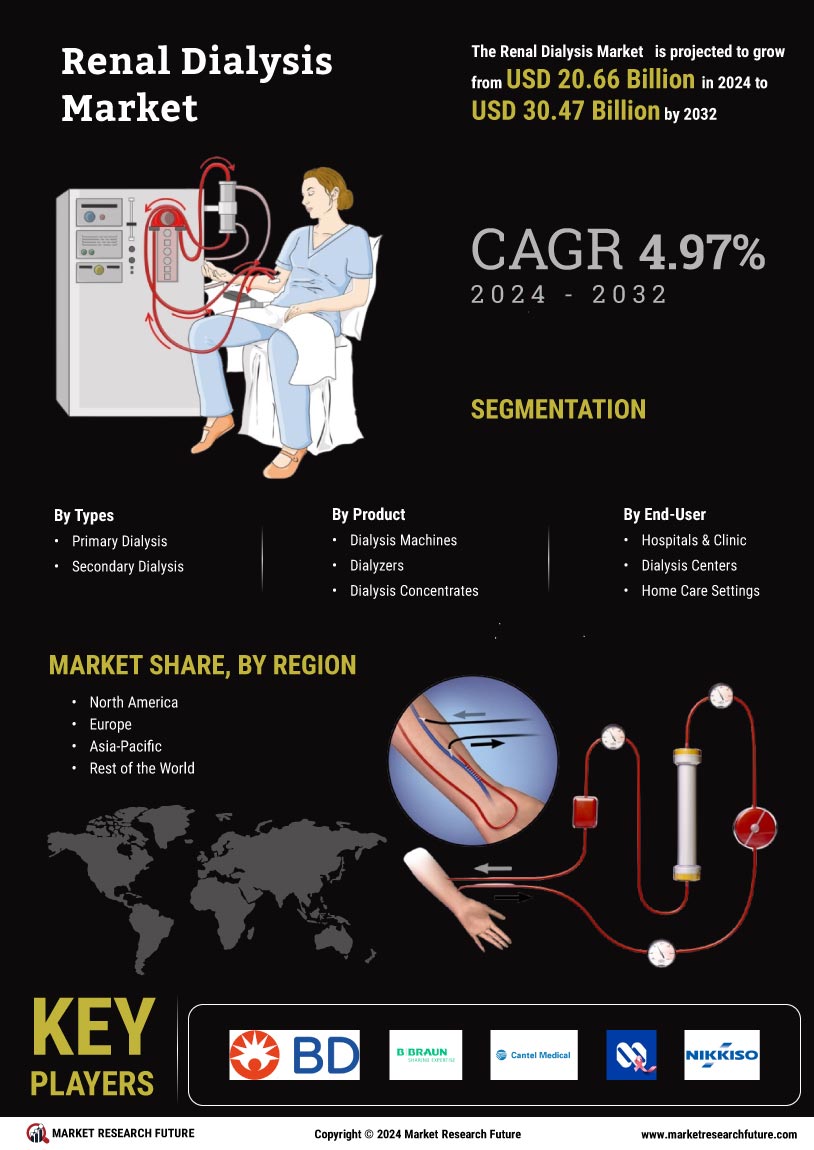

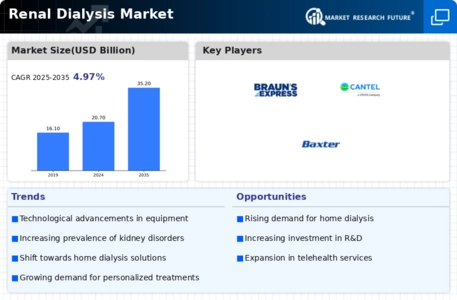

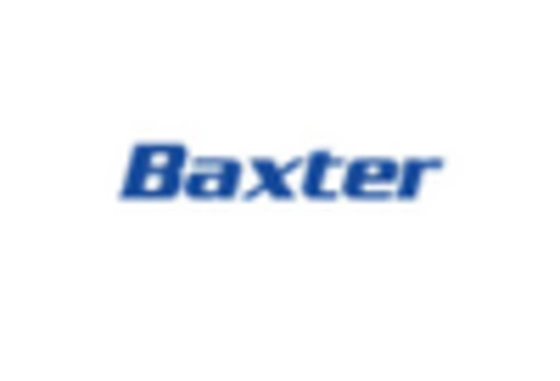
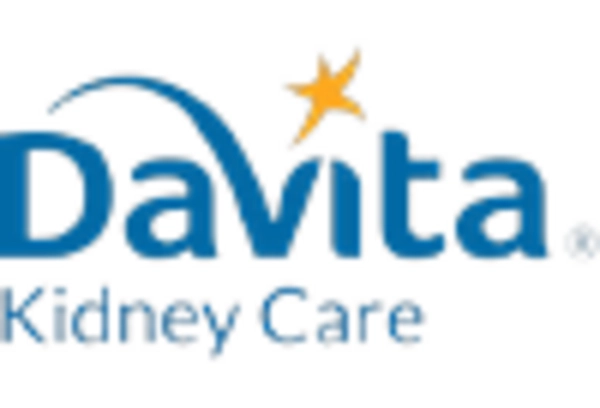


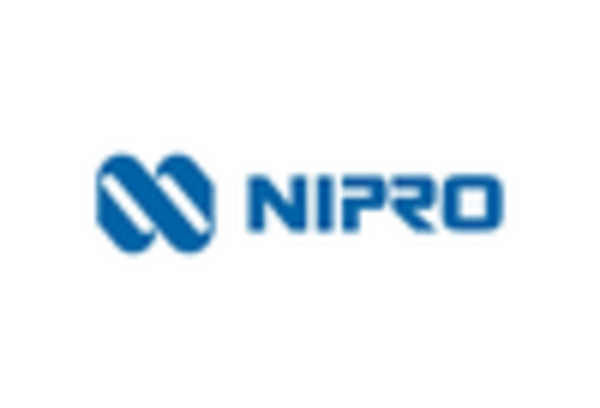








Leave a Comment